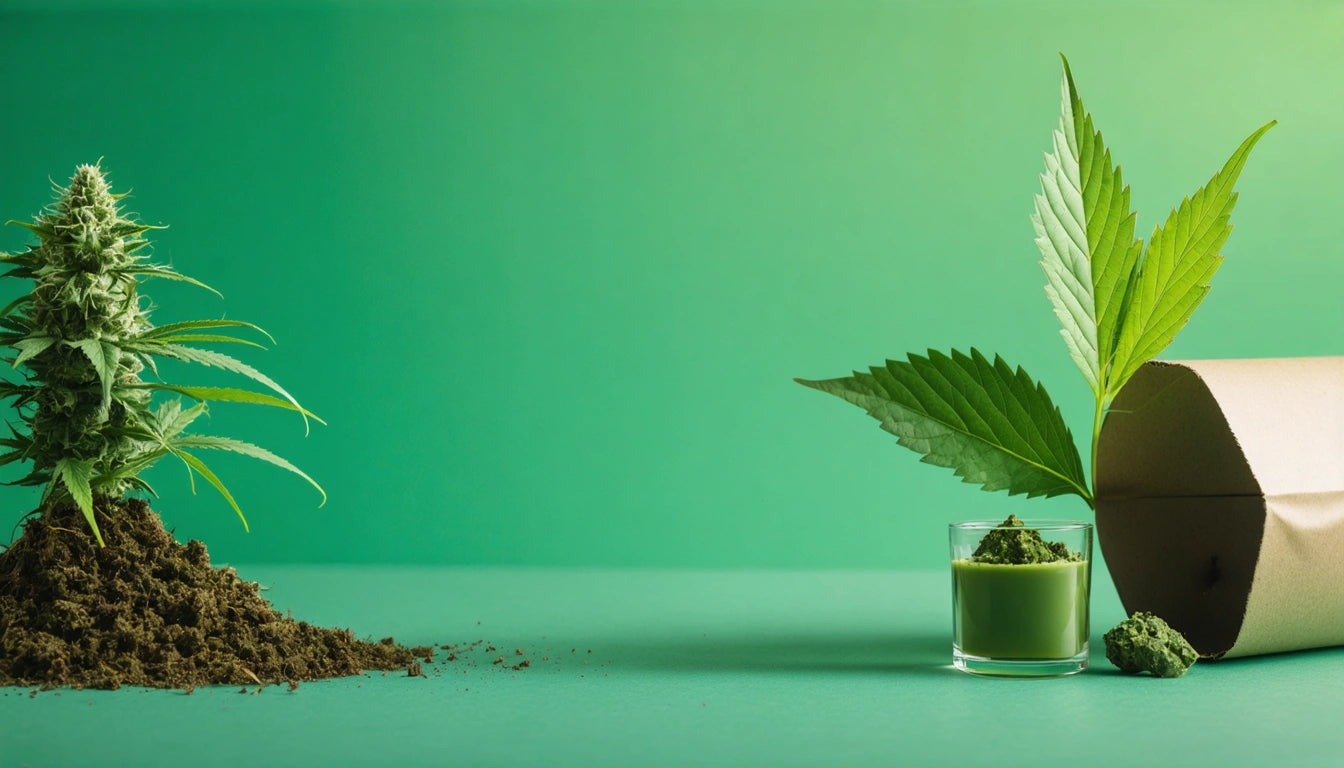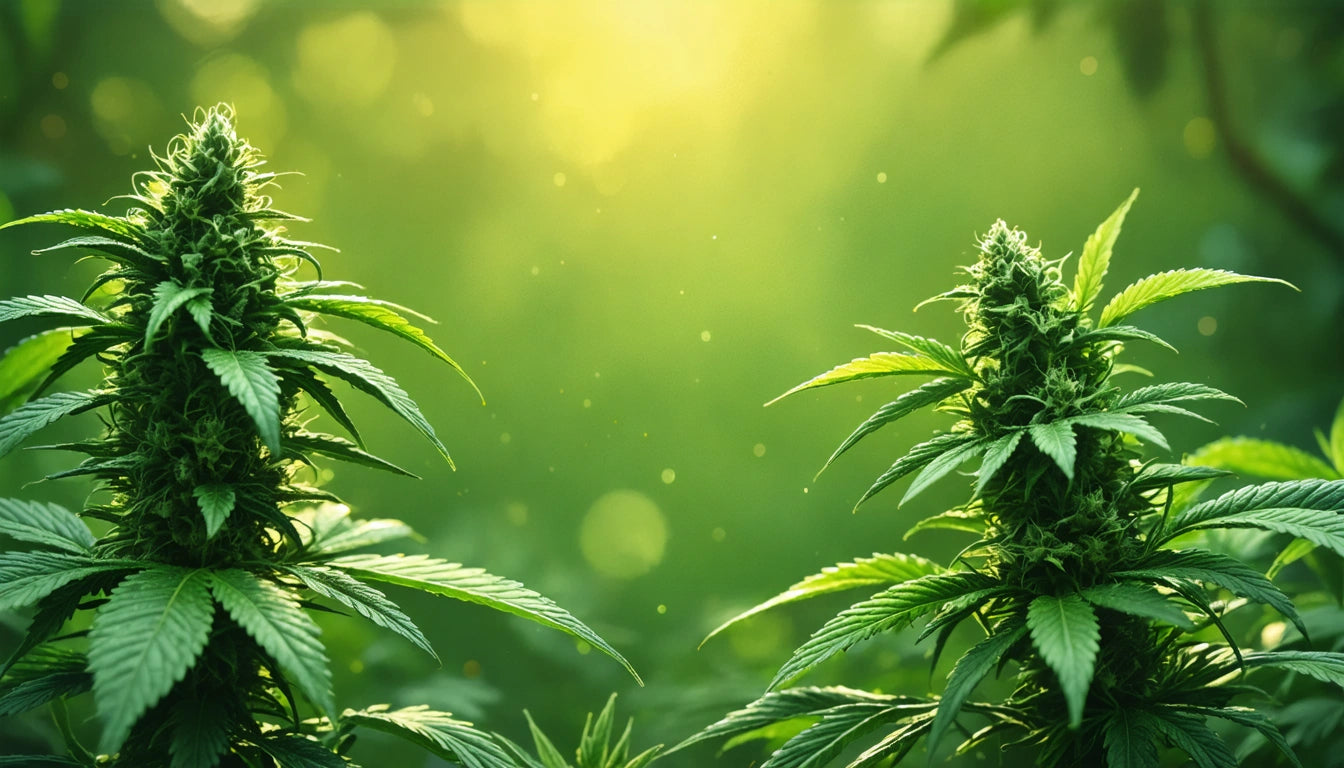Table of Contents
The cannabis industry faces a unique challenge: balancing strict regulatory requirements with growing consumer demand for environmentally responsible packaging. As sustainability becomes increasingly important to consumers, cannabis brands must navigate complex regulations that can sometimes limit eco-friendly packaging options. Understanding how these regulations impact sustainable packaging viability is crucial for brands seeking to reduce their environmental footprint while remaining compliant.
Regulatory Landscape for Cannabis Packaging
Cannabis packaging regulations vary significantly by state but typically focus on several key requirements:
- Child-resistance features
- Tamper-evidence mechanisms
- Opacity requirements
- Warning labels and symbols
- THC content and dosage information
These regulations primarily aim to prevent accidental consumption by children and ensure product safety. However, as outlined in this analysis of compliance and sustainability, these requirements often lead to excess packaging materials, multi-layer designs, and non-recyclable components that contradict sustainability goals.
Compliance Challenges for Sustainable Materials
Child-Resistance Testing
One of the most significant regulatory hurdles for sustainable packaging is meeting child-resistance standards. Materials must pass CPSC testing protocols, which require packaging to resist opening by children while remaining accessible to adults, particularly those with limited dexterity. Many biodegradable materials struggle to maintain the structural integrity needed for these mechanisms over time.
According to this assessment of bioplastics in cannabis packaging, even promising materials like PLA (polylactic acid) face challenges in creating reliable child-resistant closures that maintain their functionality throughout the product lifecycle.
Material Limitations
Regulations often indirectly dictate material choices by requiring specific properties:
- Opacity requirements prevent the use of transparent, single-material solutions
- Tamper-evidence features often require additional materials or components
- Durability standards can eliminate some compostable options
These limitations frequently push brands toward complex, multi-material packaging solutions that are difficult to recycle. While eco-friendly materials continue to evolve, regulatory compliance often takes precedence over sustainability.
Innovative Solutions Balancing Regulations and Sustainability
Despite regulatory challenges, innovative brands are finding ways to meet compliance while improving sustainability:
Reusable Systems
Some dispensaries have implemented reusable packaging programs where consumers return containers for cleaning and refilling. These programs reduce waste while maintaining compliance through durable containers that meet all regulatory requirements.
Humidity Control Solutions
Proper humidity management can extend product shelf life, reducing the need for excessive packaging. Many brands now incorporate humidity control systems that preserve product freshness while allowing for more minimal packaging designs that still meet regulatory standards.
Material Innovations
The distinction between compostable and recyclable options is becoming increasingly important as brands seek compliant solutions. Hemp-based plastics, mushroom packaging, and advanced paper-based solutions are emerging as viable alternatives that can meet both regulatory and sustainability requirements.
Certifications and Standards for Eco-Friendly Packaging
Navigating the regulatory landscape requires understanding relevant certifications that validate sustainability claims while ensuring compliance:
- ASTM D6400 and D6868 for compostability
- BPI Certification for biodegradable products
- FSC Certification for responsibly sourced paper products
- Child-resistant certifications (CPSC 16 CFR 1700)
As detailed in this guide to sustainable packaging certifications, these standards help brands verify that their packaging meets both environmental and regulatory requirements.
Strategic Approaches for Navigating Regulatory Hurdles
Forward-thinking cannabis brands can implement several strategies to balance compliance with sustainability:
Advocate for Regulatory Updates
Industry associations are working to modernize regulations to accommodate sustainable innovations while maintaining safety standards. Brands can participate in these advocacy efforts to shape future regulations.
Invest in R&D
Developing proprietary sustainable packaging solutions that meet compliance requirements can provide a competitive advantage. Some brands are partnering with packaging engineers to create custom solutions.
Educate Consumers
Implementing consumer education programs about proper disposal or recycling can mitigate the environmental impact of necessary compliance features.
Measure and Report Impact
Tracking and transparently reporting the carbon footprint of packaging demonstrates commitment to improvement and helps identify areas for innovation.
As regulations evolve and sustainable materials advance, the gap between compliance and sustainability continues to narrow. The most successful brands will be those that proactively address these challenges, turning regulatory requirements into opportunities for innovation and brand differentiation in an increasingly eco-conscious market.











Leave a comment
All comments are moderated before being published.
This site is protected by hCaptcha and the hCaptcha Privacy Policy and Terms of Service apply.